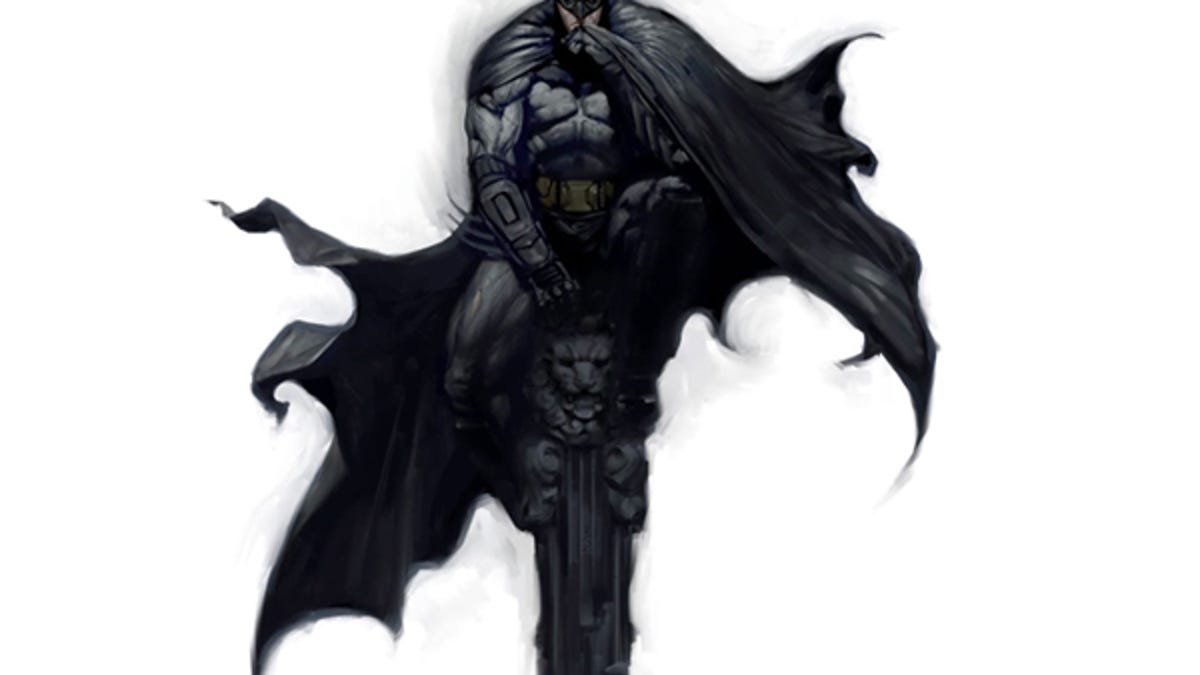The cost of being Batman
Batman is often touted as being the most realistic superhero — but his expense sheet might argue otherwise.

(Credit: Warner Bros)
Batman is often touted as being the most realistic superhero — but his expense sheet might argue otherwise.
The premise behind the current title Batman, Inc is that anyone can be a Batman (no, not that kind — and read the book, it's great). Anyone, that is, who is being bankrolled by Master Wayne himself.
Just looking at the cost of the original Batman, as tallied up by an economics lecturer at the University of Melbourne, Mike Pottenger, there's no way in heck the average citizen would be able to manage it.
Pottenger said in an article on the Economics Students Society of Australia website, responding to economics blog Centives' breakdown that reached a total cost of US$2.8 million per annum:
In tallying up the cost of being Batman, I'll take the Centives estimate that puts the cost of Alfred at US$262,800. I think they're understocking Batman's batarangs and tactical explosives, so I'm going to go with what I see as a pretty conservative 30 batarangs and 10 tactical explosives (for distractions and quick escapes) per month. Add these to Alfred, round them off and you're looking at about US$300,000. Even this is overly conservative, as it doesn't account for other expenses such as, for example, (1) the lavish parties that Bruce throws in order to play the part of the playboy millionaire socialite; (2) fuel, ammunition and countermeasures for the various vehicles, not to mention replacements for those vehicles; (3) medical supplies, including high-tech knee braces that can cure limps; and (4) ongoing research and development of new gadgets, such as a giant supercomputer that can monitor everything and everyone all the time, a heavily armoured low-altitude jet, a bike with impractically massive tires or a fusion reactor. Let's be generous and assume that Bruce manages to do all this and pay all his other general living costs (let's face it, Wayne Manor would not be cheap to heat) for no more than another $600,000, bringing the total cost of being Batman to around $900,000 per year.
We're not sure that they're all Batman-related costs necessarily — after all, he could probably be Batman without the parties, the Wayne manor and the butler, as we have seen in Batman, Inc. In fact, Batwoman manages to get by with military expertise and an inventive dad who knows how to obtain Kevlar, so how much of Batman's accoutrements are strictly necessary is up for debate.
And, it turns out, Pottenger agrees with us — at least partially, noting in the comments on his article:
It's true that the costs of running the mansion would be there regardless of whether Bruce was Batman or not, so I've struck those out (though I still think $600,000 is a pretty conservative estimate for the rest of those costs).
So, at a conservative guess, Batman spends roughly US$600,000 per year on his vigilante hobby — a figure that, we're guessing, is a little out of the ballpark for around 99.999999999 per cent of the global population.
But even if you did have that kind of money floating around, chances are the physical requirements would kill you.
Not looking quite so realistic now, after all.
As for the least expensive? Pottenger doesn't really offer an opinion, although he does suggest that Spider-Man wouldn't have much of an outlay (aside from film, which he can probably claim as an expense, broken cameras and web fluid canisters, depending on what version of Spidey you're looking at). But we might have to go with the Flash. All he needs is a nifty spandex running suit.

